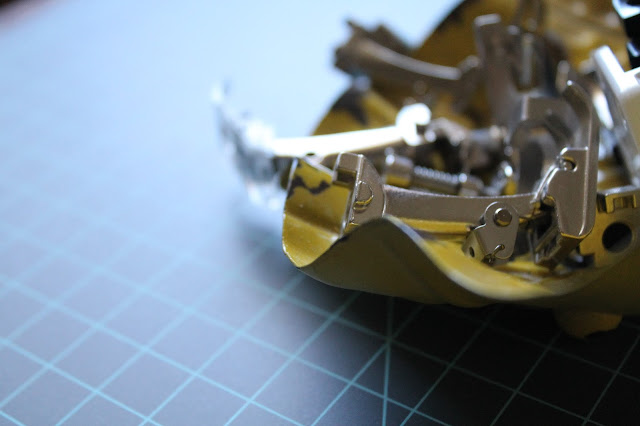T-shirt Shoe Laces: Customize Your Back to School Sneakers
One of the most utilized upcycling techniques has to be- t-shirt yarn! I've shared a few projects here on the blog & you can find even more creative and unique uses for your old clothes in my book The Upcycled T-shirt. Today the kids head back to school & today's project is the perfect way to add a pop of color to their kicks.
You’ll need:
1 or 2 t-shirts
Scissors/rotary cutter
Cutting Mat
Thread
- Start by laying your t-shirt flat onto the cutting mat surface. Gently pat out any creases or wrinkles. Next, fold the t-shirt in half lengthwise. Tip: Shirts with no side seams are the best for making consistent t-shirt yarn.
- Cut horizontally across the folded shirt, just above the bottom shirt hem. Remove the bulky hem and set that piece aside.
- Measure and cut 1.5’’ from the bottom edge- horizontally across the folded t-shirt. Repeat a second time. You’ll notice that you’ve created two large loops.
- Carefully cut the loop to create one long strip of t-shirt. Gently pull the strip from either end creating a length of t-shirt yarn. Jersey knit material has unique characteristics which will prevent the fabric from fraying- instead the fiber curls in onto itself creating a tube. >No Sew Hack: If you’d like to create shoe laces without sewing- you can wrap a small clear piece of tape around the edge or add a little pizzaz with printed washi tape. Doing this will help you feed your new shoe laces through the eyelets on the shoe or sneaker.
- We’re going to finish your laces by using a tightened zig zag stitch on your sewing machine to create an “aglet.” That’s the actual word for that hard plastic piece on the end of your shoe laces. Zigzag stitch 1’’ and then reverse stitch back to the beginning to secure your aglet. You may need to help guide the t-shirt yarn depending on the width of your feed dogs.>Tip: Pull the shoe lace 1.5’’ past the needle. This will prevent the edge of the material from being pulled down into the machine and creating a nesting effect.
- Trim excess off, be sure not to cut your stitched aglet.




Comments
Post a Comment